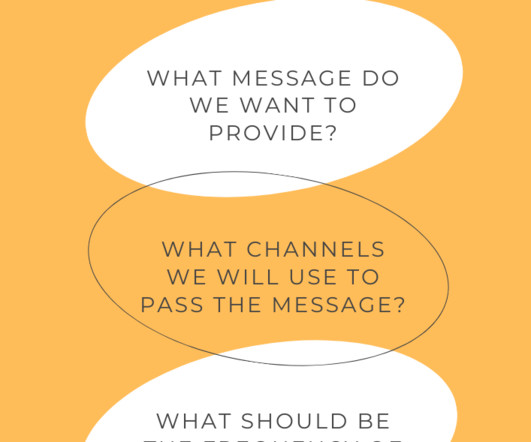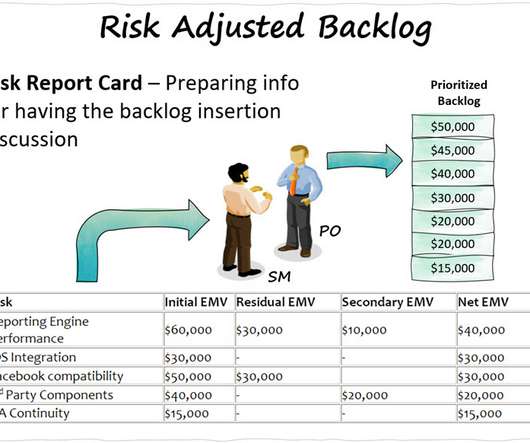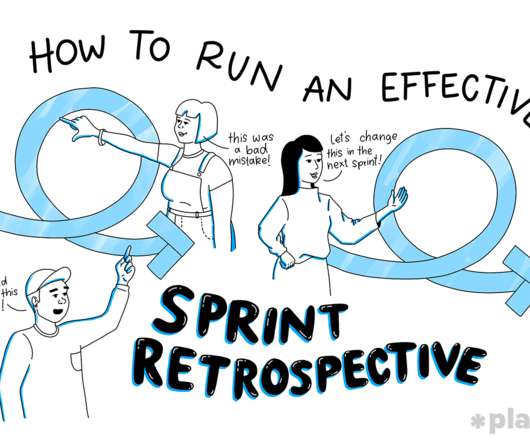Stakeholder Communication Strategy: Part 3 of 4 Steps of Stakeholder Engagement
Scrum.org
MAY 4, 2023
This time we will discuss how to build an effective stakeholder communication strategy. What Is Stakeholder Communication Strategy A communication strategy is our plan that outlines how we will communicate. Before we build a communication strategy, we need to understand What information do stakeholders need from us?


















Let's personalize your content